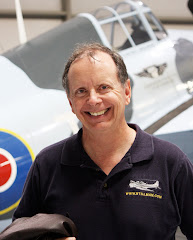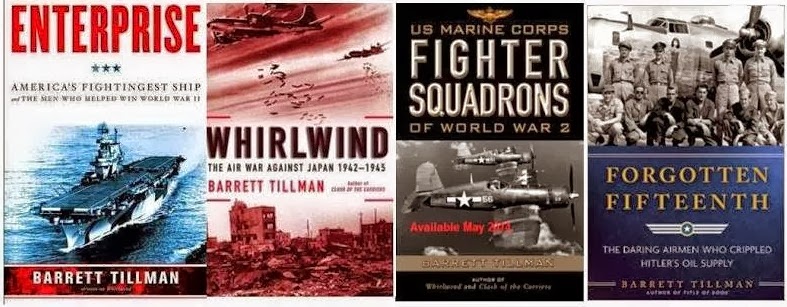On January 23, 2010, a retired Air Force officer died in San Diego, age 96. His name was Kermit A. Tyler. For most of his life, he was one of the least understood players in the Pearl Harbor tragedy. On December 7, 1941, Tyler was the officer who told radar operators plotting a large inbound bogey, “Don’t worry about it.” Those four words, spoken in a total information vacuum, led to decades of criticism.
On that day of infamy, Tyler was a 28-year-old first lieutenant. He had grown up in California and enlisted as an aviation cadet in 1936. By late 1941, he had four years’ experience.
At the time, Tyler was a pilot in the 78th Pursuit Squadron at Wheeler Field, north of Pearl Harbor. Wheeler was Oahu’s fighter base, home to eight squadrons. The 78th owned 16 P-40Bs and three P-26As—not unknown in that transitional period.
At 4:00 that Sunday morning, Tyler reported to Fort Shafter to begin learning collateral duties at the interception control center, east of Pearl Harbor. That trip, however, was merely the second time Tyler had seen the facility. His previous visit had been a familiarization briefing that Wednesday.
Tyler was to go off duty at 8:00 a.m. and, thereby, was caught in an historic time warp, as the bombs began falling at 7:55. But the incident for which he became known occurred nearly an hour previously. The radar station at Opana Point, on Oahu’s north coast, reported a large blip. Tyler was the only officer present; the others were at breakfast or still en route. Knowing little more than zero and unable to consult anybody, he was the one who had to make the decision because senior officers didn’t begin arriving until 20 minutes after the attack began. Consequently, in response to the Opana report, he uttered the apparently damning words, “Well, don’t worry about it.”
Contrary to many accounts, Tyler suspected but did not know of a flight of B-17s approaching from the mainland. The fact that a Honolulu radio station was transmitting before 4:00 a.m. was as much indication as he received. Subsequently he testified that he believed the radar plot referred to friendlies: “I thought they were off course and that they were maybe working out some problem, and it confused me.” Due to inter-service secrecy, he had no information on U.S. Navy or Marine Corps flights, although a scouting mission was inbound from the carrier USS Enterprise.
Tyler’s most telling testimony came months later: “I did not know what my duties were. I just was told to be there and told to maintain that work.”
In short, Kermit Tyler inherited an untenable situation. Lacking training and supervision, he was wholly on his own.
An assessment of the Hawaiian command structure goes a long way toward explaining Tyler’s dilemma. The U.S. Army was primarily responsible for the defense of the islands, under Lt. Gen. Walter Short. But there existed only moderate cooperation between the Army and the Navy, despite months of growing concern over Japanese ambitions.
The Navy commander was Adm. Husband Kimmel, whose predecessor had been fired by President Roosevelt for opposing the Pacific Fleet’s move from California to Hawaii. Rather than deterring Tokyo, the move merely placed a tempting target within range of Japan’s uniquely capable carrier striking force. Pacific War historian John B. Lundstrom aptly described Kido Butai’s six carriers as “a 1941 atom bomb.” Nobody else had anything remotely comparable.
Following the attack, Tyler worked at headquarters of the 18th Pursuit Group and flew scheduled patrols. An inquiry held in 1942 cleared him of any wrongdoing, and like most prewar pilots, he advanced rapidly. Promoted to major only nine months after Pearl Harbor, he assumed command of the 44th Fighter Squadron, serving in the Southwest Pacific until May 1943. While flying P-40s, he claimed a Zero, probably destroyed.
After the war, Tyler rose to lieutenant colonel and briefly led a Lockheed F-94 wing. His final position was with the North American Air Defense Command at Colorado Springs, Colorado.
Upon retiring in 1961, Tyler returned to California with his wife and four children. He attended college; earned a real estate license; and enjoyed golf, tennis, and surfing.
Tyler still incurred criticism and vitriol among the relatively few people who knew his name. One website even established a whimsical Kermit Tyler award for unpreparedness. The blogger acknowledged, however, that Tyler was not directly responsible for the Pearl Harbor debacle when everyone above him was far more culpable, reaching back to Washington, D.C.
Tyler was convinced to emerge from obscurity for a Pearl Harbor symposium in 1991, when the public learned more about the actual conditions at Fort Shafter. Although in declining health, he occasionally spoke to reporters who sought his perspective. In 2007, he told the Newark Star-Ledger, “I wake up at night sometimes and think about it. But I don’t feel guilty. I did all I could that morning.”
At this late date, it’s appropriate to tell Kermit Tyler and his family, “Colonel, don’t worry about it.”




